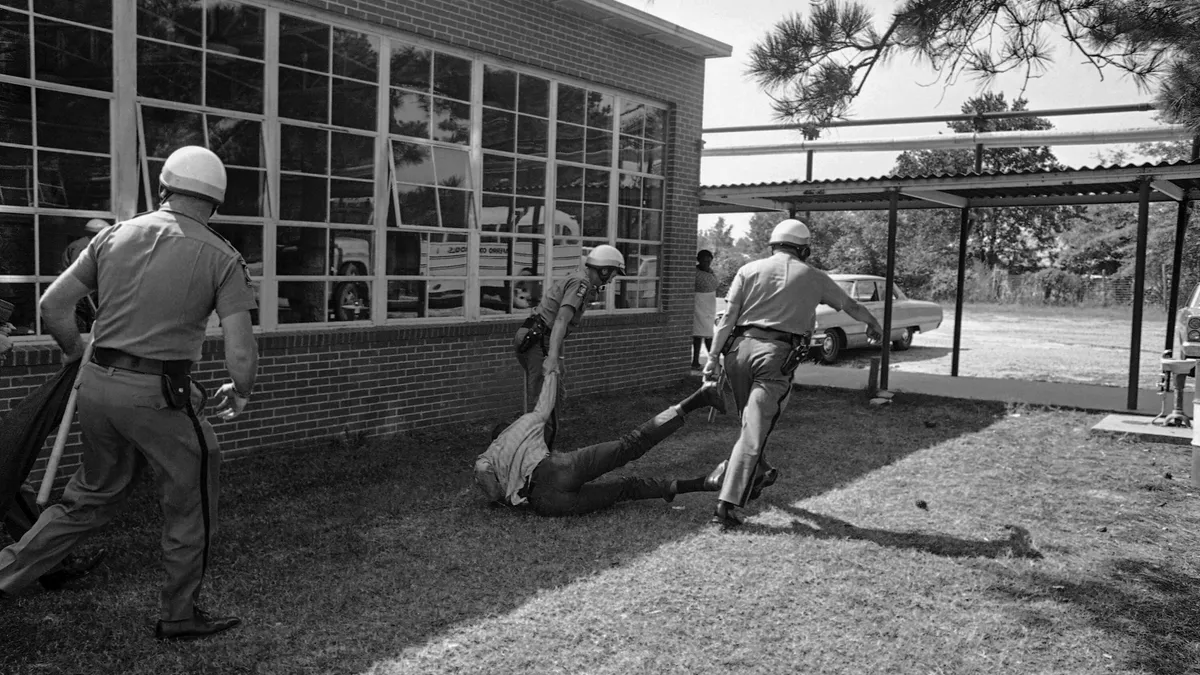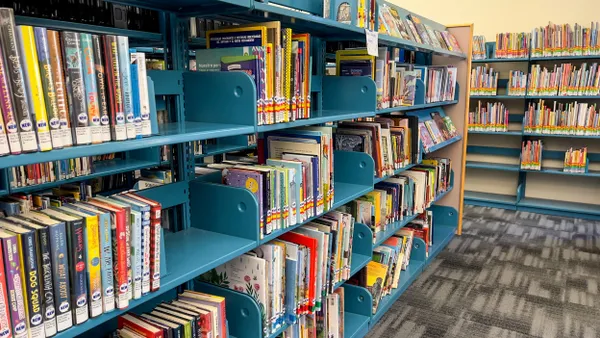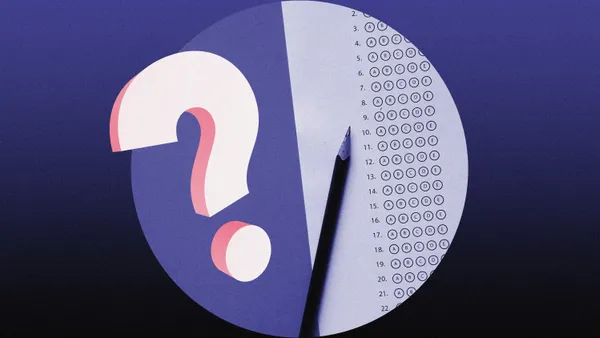Dive Brief:
- Beginning the school year prepared for success involves not just having the right school supplies, but also a growth mindset, say advocates such as instructional coach and former math teacher Emma Chiappetta.
- A growth mindset is the belief that abilities can be improved through hard work and persistence. Research shows that developing this mindset can have a positive impact on student motivation and academic performance as it supports motivation to learn and overcome self-doubt.
- “Learning is a really vulnerable act. You kind of need to open yourself up in order to make a mistake and learn from it,” said Chiappetta.
Dive Insight:
Students have been trained over time to believe that making mistakes is bad, whether that be through punishment in the form of bad grades, disappointed parents or peer teasing, explained Chiappetta, who is also the author of “Learning by Mistake: 12 Strategies to Turn Student Errors into Opportunities.”
However, providing room to make mistakes and learn from them is a powerful way to motivate students and encourage deeper learning, Chiappetta said. She encourages educators to start incorporating growth mindset strategies as early as possible and to create a comfortable environment for errors.
“Sometimes it's hard to break that fear, so I think the more intentional teachers can be — especially in the early grades — the better off our students will be, and the deeper they're going to be able to learn,” Chiappetta said.
At the beginning of the school year, many educators use surveys as a way to get to know their students. Chiappetta recommends incorporating a question about how students feel about making mistakes so educators can also get a pulse on a student's mistake anxiety when they're entering the class.
As educators explore beginning-of-the-year icebreakers and get-to-know-you activities, she also recommends incorporating an activity that has students intentionally make mistakes.
One example is her favorite game to play in the classroom, “Wrong Answers Only,” which is based on an internet meme. The teacher gives a prompt like “What's hiding under my bed?” and then students come up with a list of wrong and often humorous answers.
Another strategy she uses is starting each class with a question that has nothing to do with the content of the class, such as, “How many eggs does the average American eat in a year?” Everybody makes a guess, but students are not on guard or worried about a grade, because it's very low-stakes and they're expected to be wrong.
Chiappetta said activities like these set the tone that making mistakes in the classroom is expected and that errors will be discussed as a class — but simply as part of the learning process.
“The more [educators] have students making mistakes in a low-stakes environment, it kind of builds that muscle memory of making mistakes so that they don't tense up and get fearful when they do make a mistake in a more high-stakes environment,” she said.
Another way to normalize mistake-making is to have students reflect on the errors they've made. Chiappetta recommends having students keep a “mistake journal” and, every once in a while, prompt them to reflect on a mistake that they made recently.
There are also things educators can do on their own as they prepare for the school year. For example, Chiappetta recommends reviewing past student work in each unit to identify common mistakes and collect examples to share with future students.
It's also important for teachers to think back on their own learning experiences, Chiappetta said. She recommends that educators share stories about mistakes they made as students with their classrooms. Seeing someone they respect admit they also make mistakes can be reassuring to students and help them relate, she said.
“We need mistakes, and we need vulnerability to learn. Teachers should find a way to empathize with their students and build a culture in which students feel comfortable doing this,” said Chiappetta. “It really isn't just like a single activity that you could do that's going to change the culture. It's kind of consistently thinking about it and talking about it and normalizing it.”












